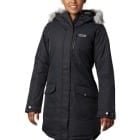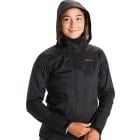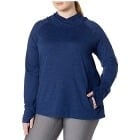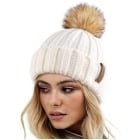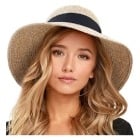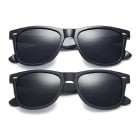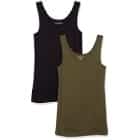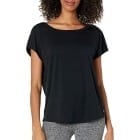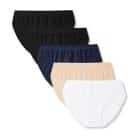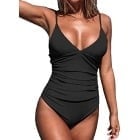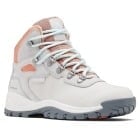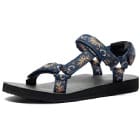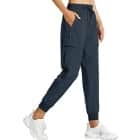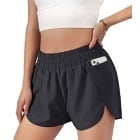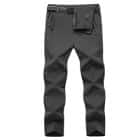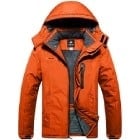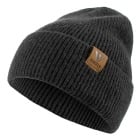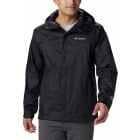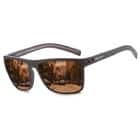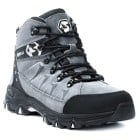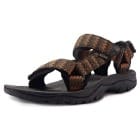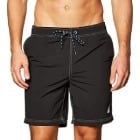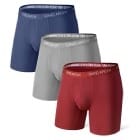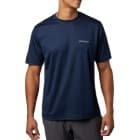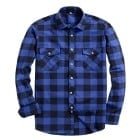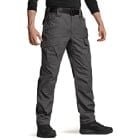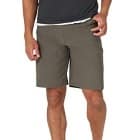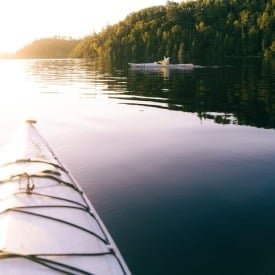Canoeing: On the water, you’ll want to dress in lots of water-resistant clothing, including a
raincoat and
waterproof pants. If you are paddling in the summertime, you’ll want to wear
shorts and a light activewear
shirt, but make sure to stay protected from the sun with a
wide-brimmed hat,
sunglasses, and
sunscreen. For footwear, I like to wear water shoes or
walking sandals that stay secure on my feet or go barefoot.
Fishing: While fishing in the Boundary Waters Wilderness, you’ll usually wear very similar clothing as you would while boating in the same conditions. Sometimes it’s nice to add a fishing vest to your outfit since the pockets are useful to hold your gear. Don’t forget your backpack to hold snacks and other essentials, and bring a bag that can function as a tackle box if you don’t have something already designated specifically for your fishing gear.
Hiking: If you go hiking during your visit to the Boundary Waters area, you’ll want to wear layers that can easily be added to your outfit or removed as necessary. Start with moisture-wicking underwear and non-cotton shirts and pants, to make sure that you’ll stay warm even if you get a little wet on the trail. Since rain can appear suddenly any time of the year, it’s a good idea to keep a rain jacket in your pack all the time, even if it’s not yet raining. Bring along a sweater to put on if it cools off, and most importantly wear a pair of hiking boots that you know will be comfortable even after hours on the move.
Dog Sledding: Dog Sledding in the Boundary Waters Wilderness is primarily a winter activity, so you’ll need lots of very warm clothing. After putting on your base layer, insulate with a sweater or two and fleece pants before covering up with a proper winter coat and snow pants. You’ll want to keep your extremities warm with gloves, a winter hat, and boots that are designed for sub-zero temperatures.
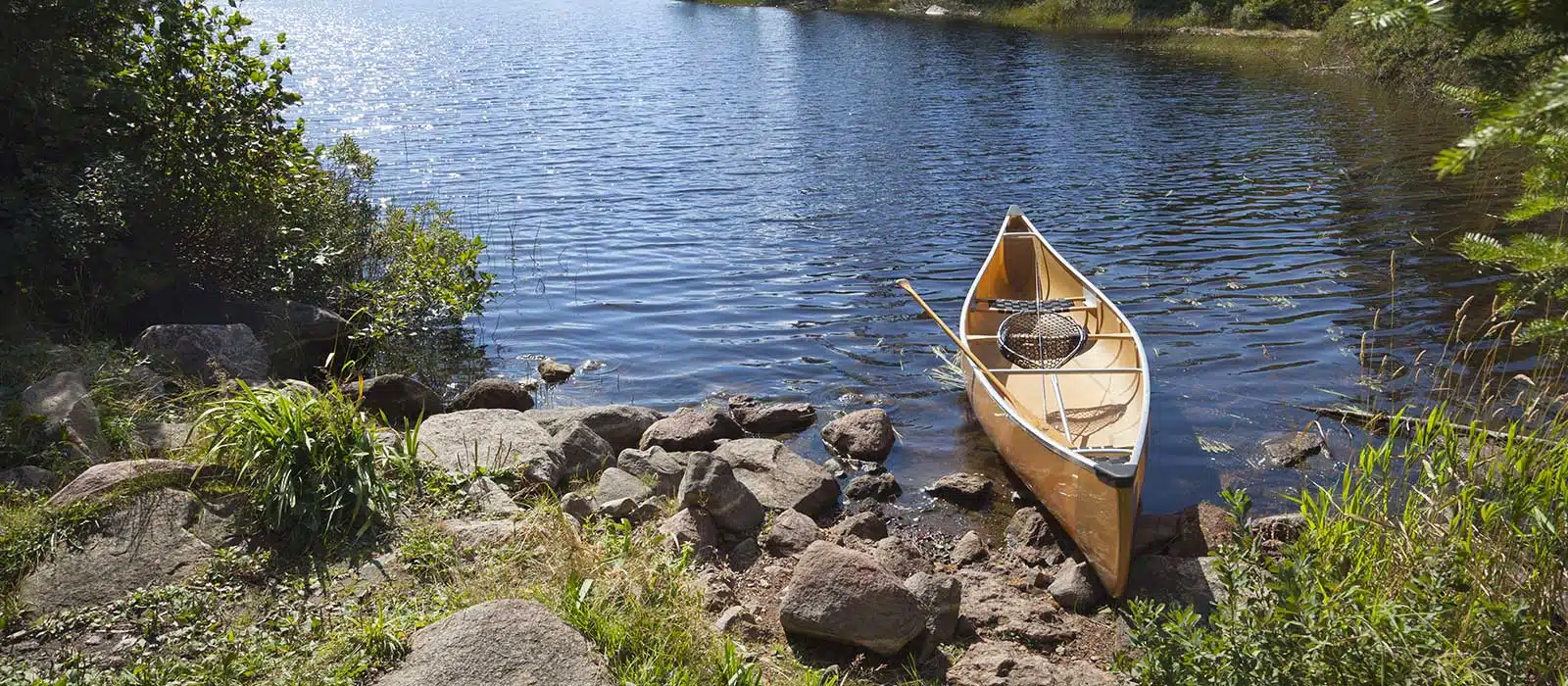
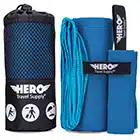
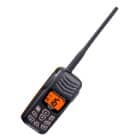

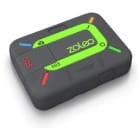
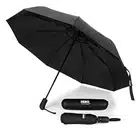

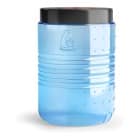

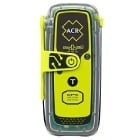
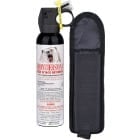

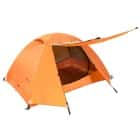
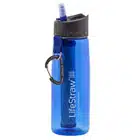
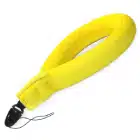

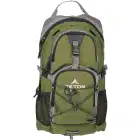

 I start with a warm base layer and work outward from there. Make sure that all of your clothes, especially the first layers on your skin, are not cotton based and will remain warm even after getting wet. Think athletic shirts and pants, moisture-wicking clothing, and quick-drying outfits. Once your core base layer is taken care of, add layers until you are dressed for the current conditions. If you find yourself too hot or too cold, you can always add or remove a layer of clothing. Finally, remember to dress for the seasons. In Minnesota, the weather changes drastically from summer to winter, so you’ll bring entirely different clothes for an August canoe trip than for a dog sledding trek in December.
I start with a warm base layer and work outward from there. Make sure that all of your clothes, especially the first layers on your skin, are not cotton based and will remain warm even after getting wet. Think athletic shirts and pants, moisture-wicking clothing, and quick-drying outfits. Once your core base layer is taken care of, add layers until you are dressed for the current conditions. If you find yourself too hot or too cold, you can always add or remove a layer of clothing. Finally, remember to dress for the seasons. In Minnesota, the weather changes drastically from summer to winter, so you’ll bring entirely different clothes for an August canoe trip than for a dog sledding trek in December.